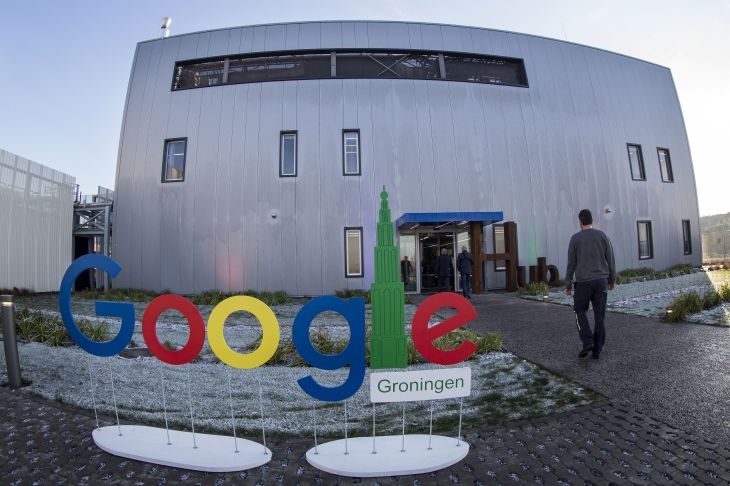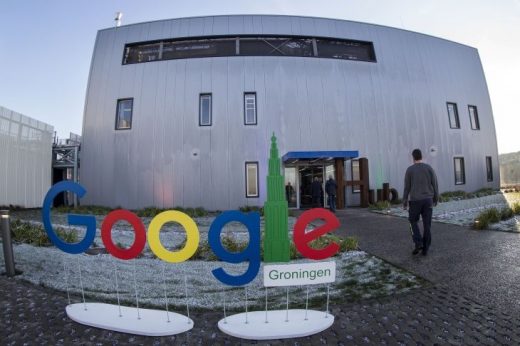Google Lets AI Run Data Cooling System For Search, Gmail, YouTube
Google Lets AI Run Data Cooling System For Search, Gmail, YouTube
Google has developed a method to put artificial intelligence (AI) in charge of cooling its data centers after the system proved it could save energy.
 The platform will rely on automation, rather than recommendations from employees. The shift from humans to machines making the decisions means that technology will control the cooling system in the data centers that run Google Search and advertising platforms, cloud storage, Gmail, and YouTube, among other services.
The platform will rely on automation, rather than recommendations from employees. The shift from humans to machines making the decisions means that technology will control the cooling system in the data centers that run Google Search and advertising platforms, cloud storage, Gmail, and YouTube, among other services.
With help from its AI company DeepMind, the two companies have redesigned the technology and underlying controls from the ground. The system relies on eight mechanisms to ensure that it always will run as intended.
The technology works by allowing thousands of sensors to take a snapshot of how the data runs through the system. Then it feeds the information into its deep neural network that predicts how different combinations of potential actions will influence future energy consumption.
Feedback from the idea came from data center operators who had used the AI recommendation system. Although the system had “taught them some new best practices — such as spreading the cooling load across more, rather than less, equipment — implementing the recommendations required too much operator effort and supervision,” explains Amanda Gasparik, Google data center engineer; Chris Gamble, research engineer at DeepMind; and Jim Gao, team lead at DeepMind, in a joint blog published on DeepMind’s website.
The system also relies on two-layer verification. Actions are vetted against an internal list of safety constraints determined by data center operators. Instructions are sent from the cloud to the physical data center. Then the local control system verifies the instructions against its own. This redundant check ensures that the system remains within local constraints and operators retain full control of the operating boundaries.
It has been in place for one month, but it is already delivering consistent energy savings of around 30% on average, according to the companies. Efficiencies will improve over time because the system learn from the data, boundaries and input.
(16)


